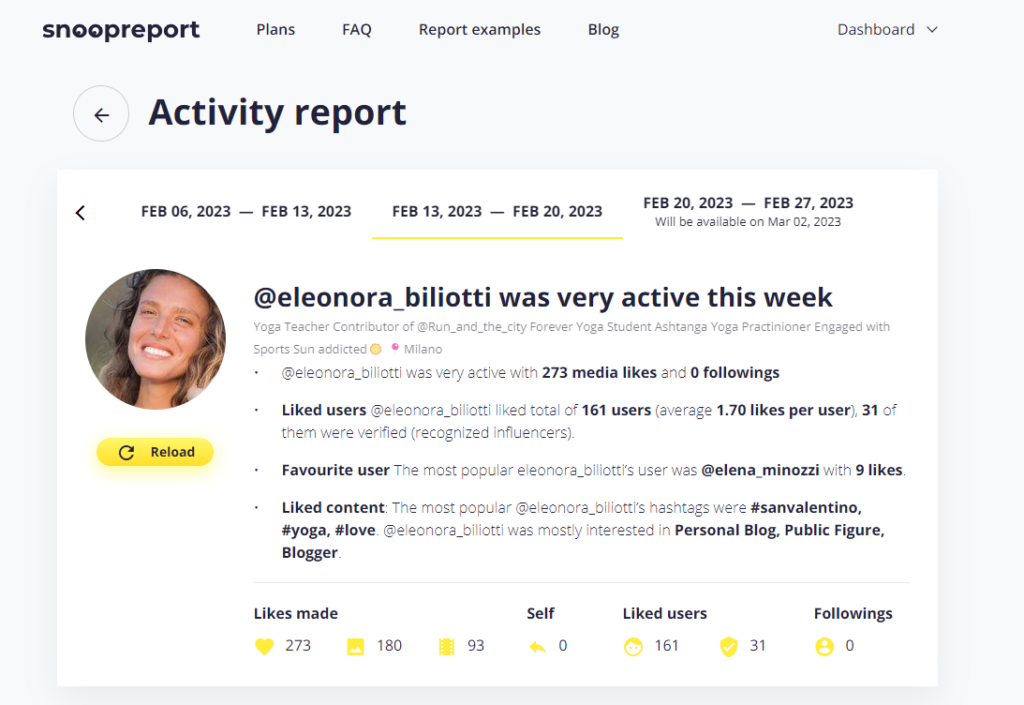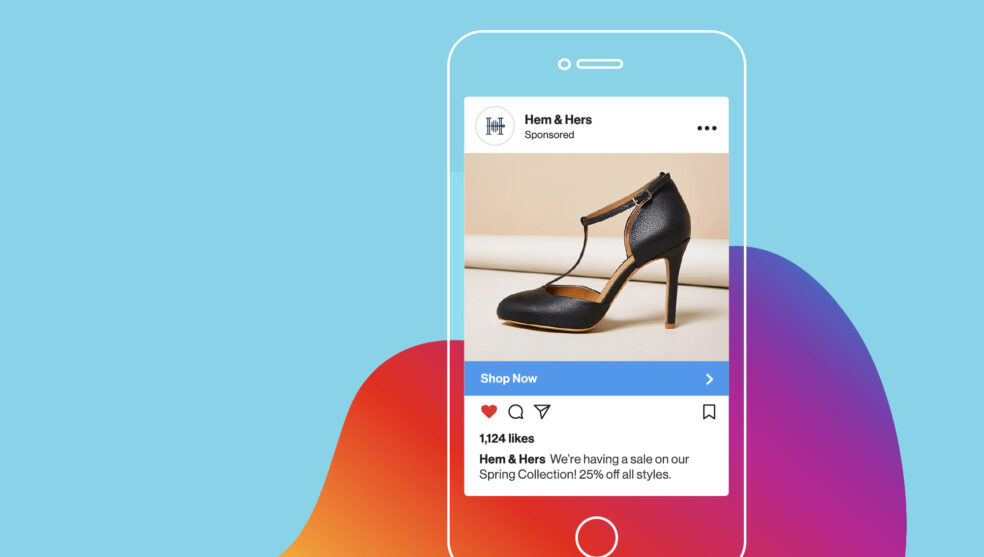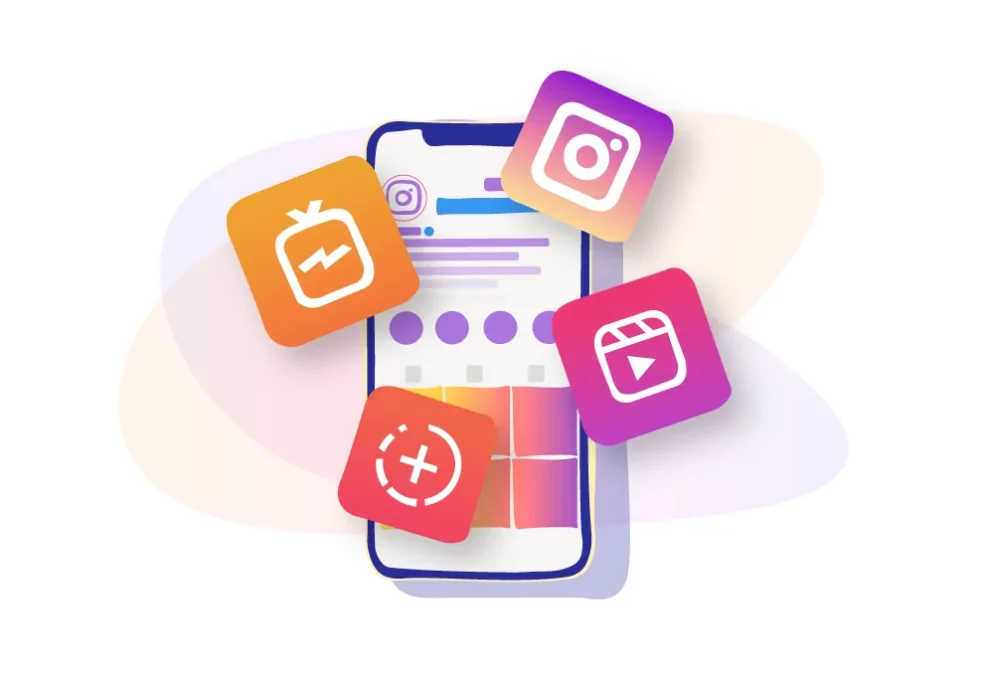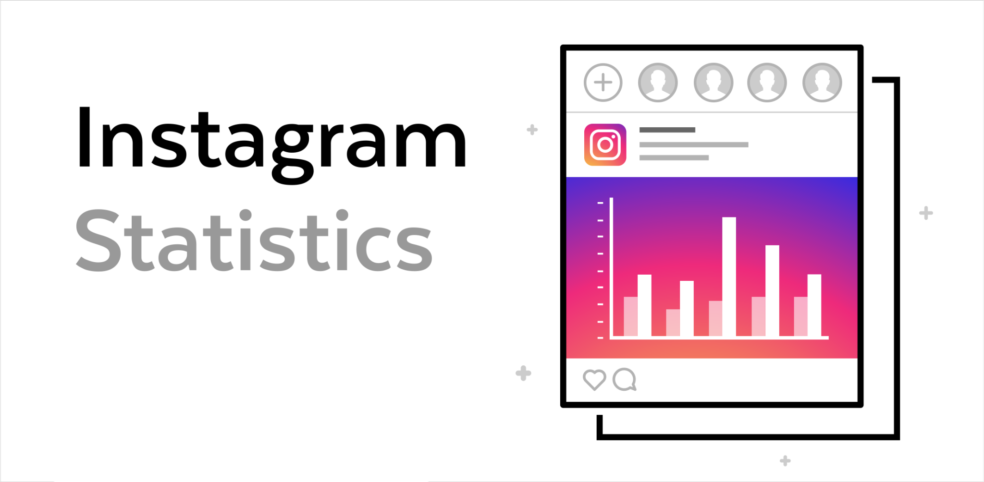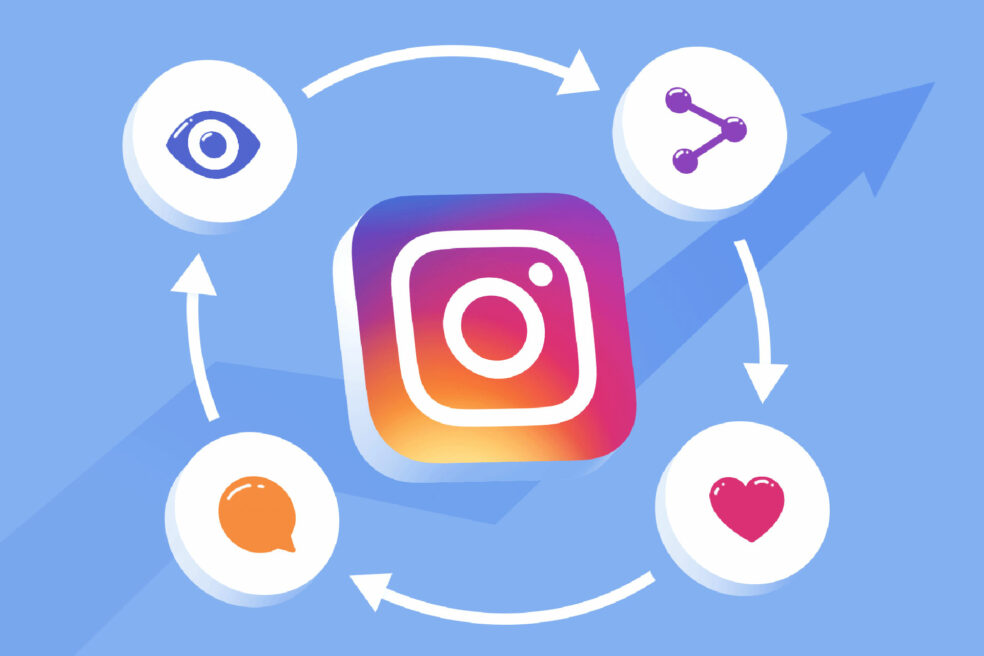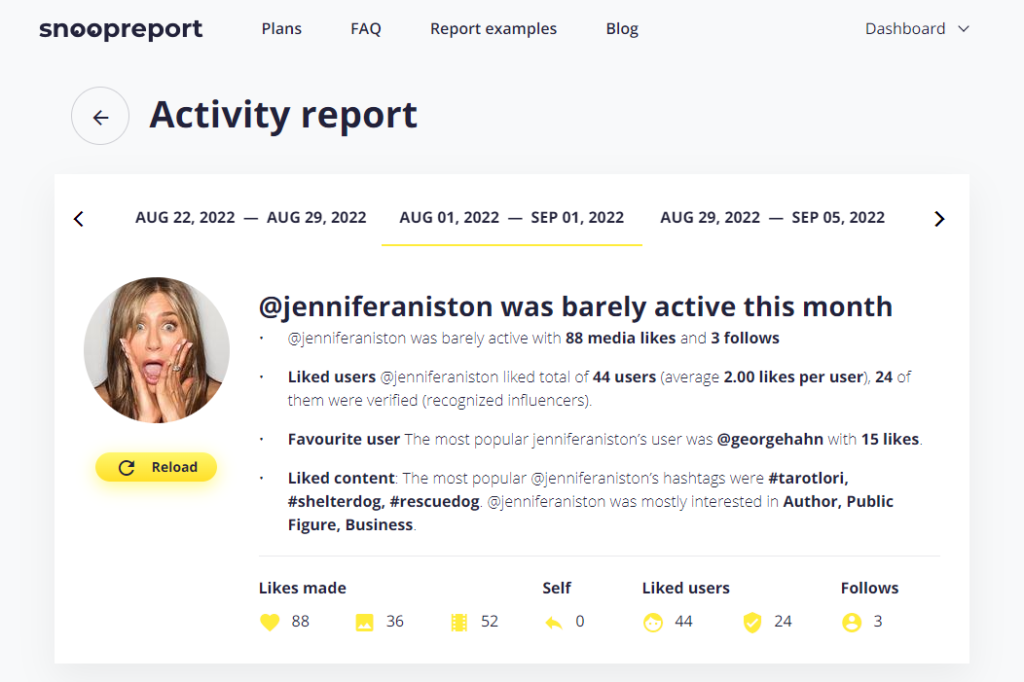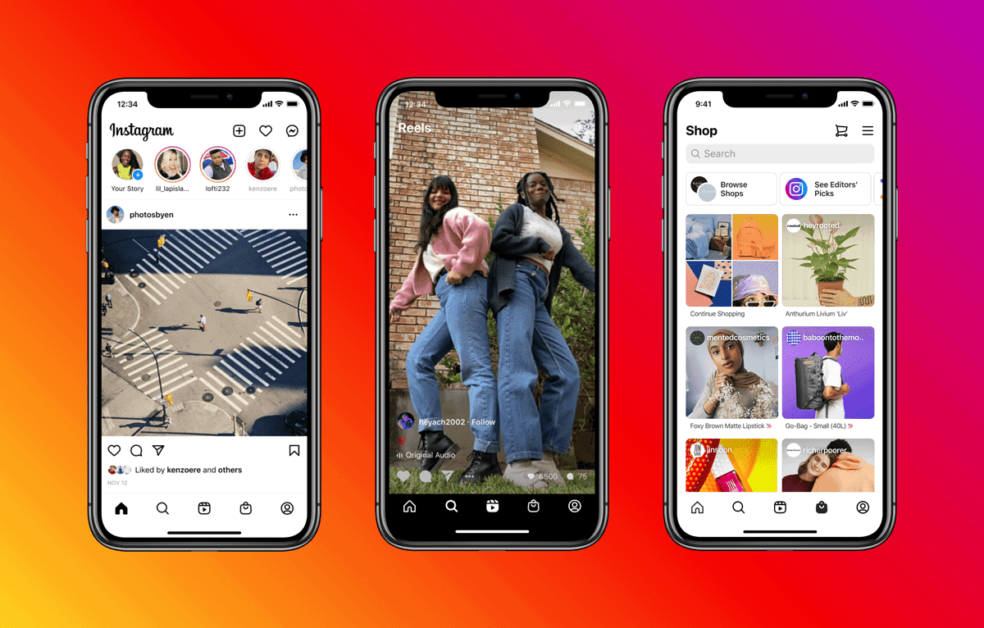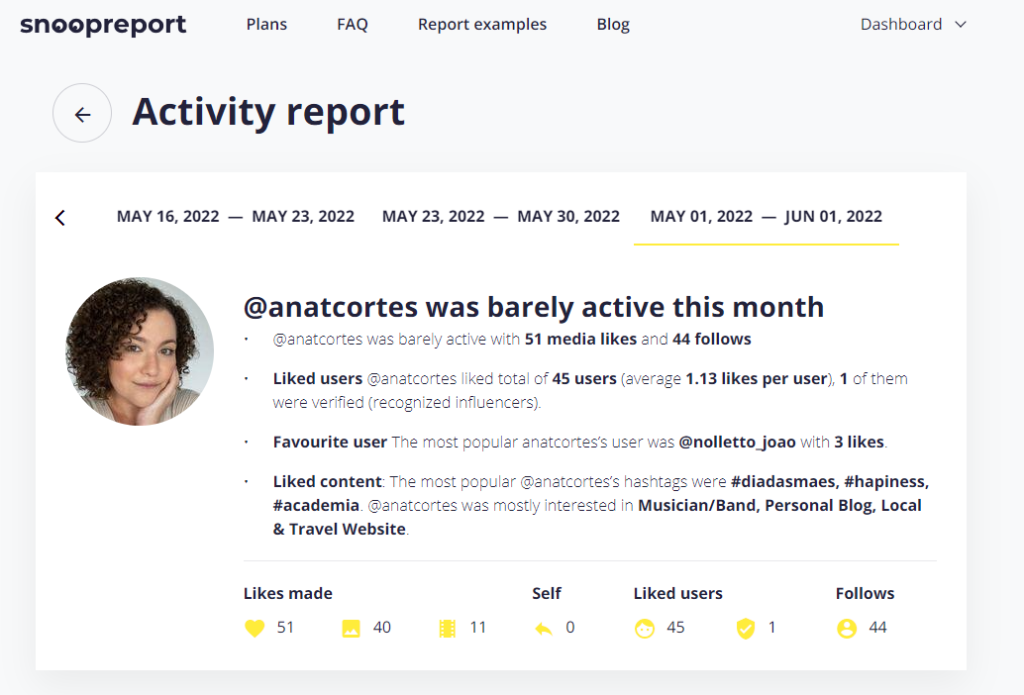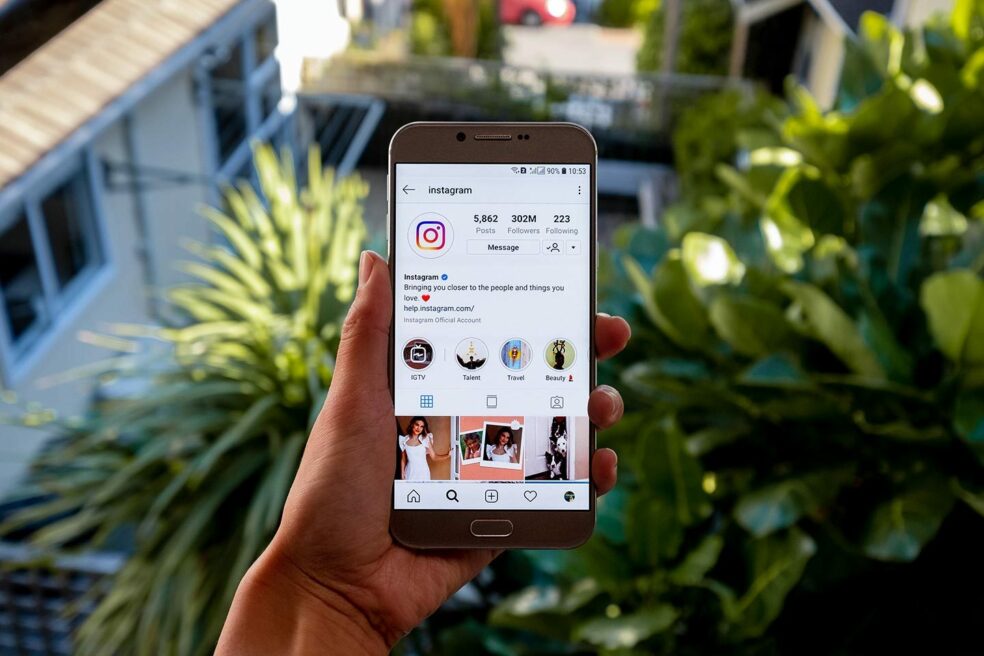If you’re trying to reach out to potential customers where they typically hang out online, you’re probably going to be using Instagram. According to Hootsuite, Instagram is among the world’s top ten most visited websites, with over 2 billion active monthly users.
Advertising on Instagram is not overly complicated and won’t break the bank. In fact, compared to what you would have spent on print or television ads, it’s a drop in the bucket. You’ll come away from reading this guide with all the essential knowledge needed to set up your first few ads.
